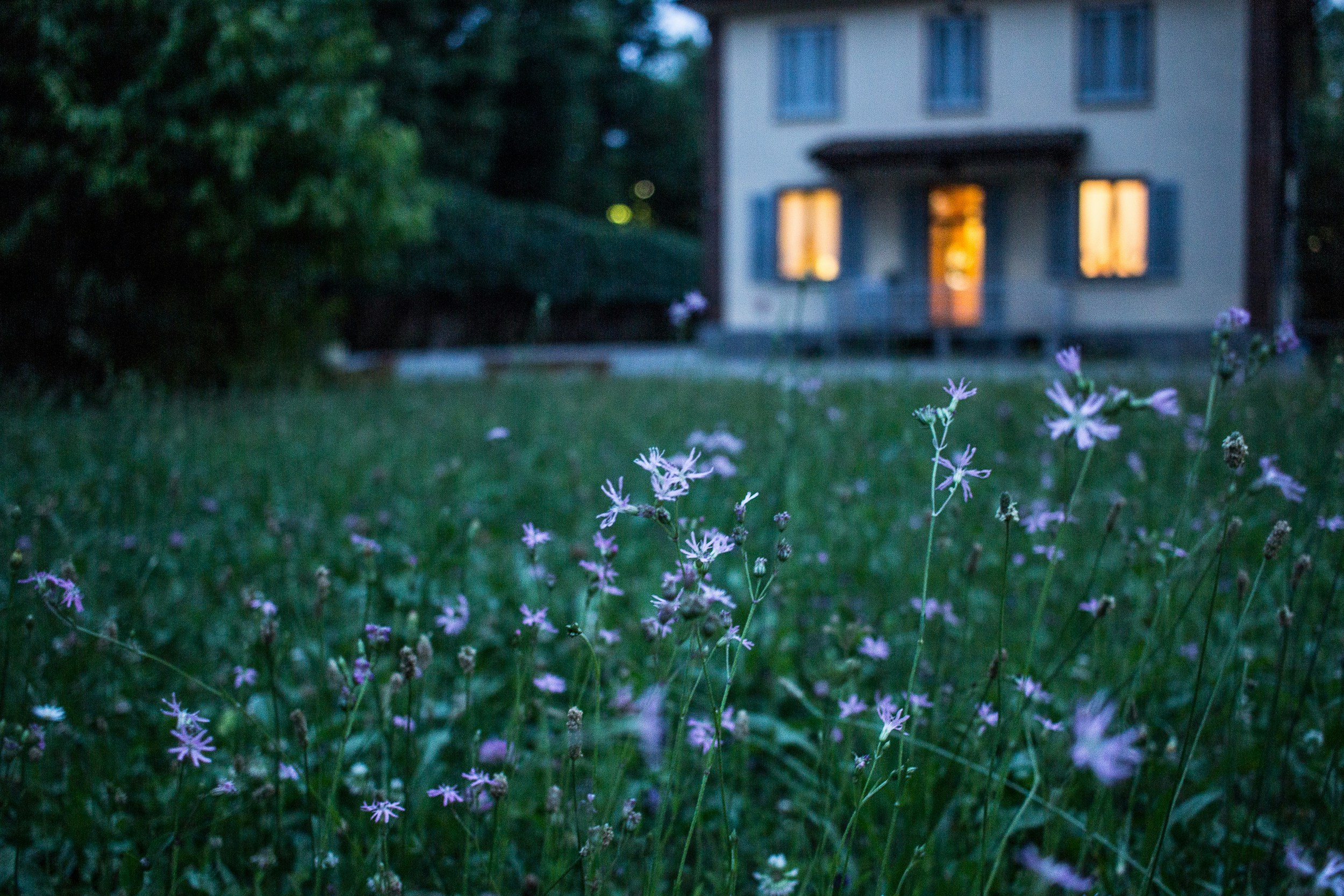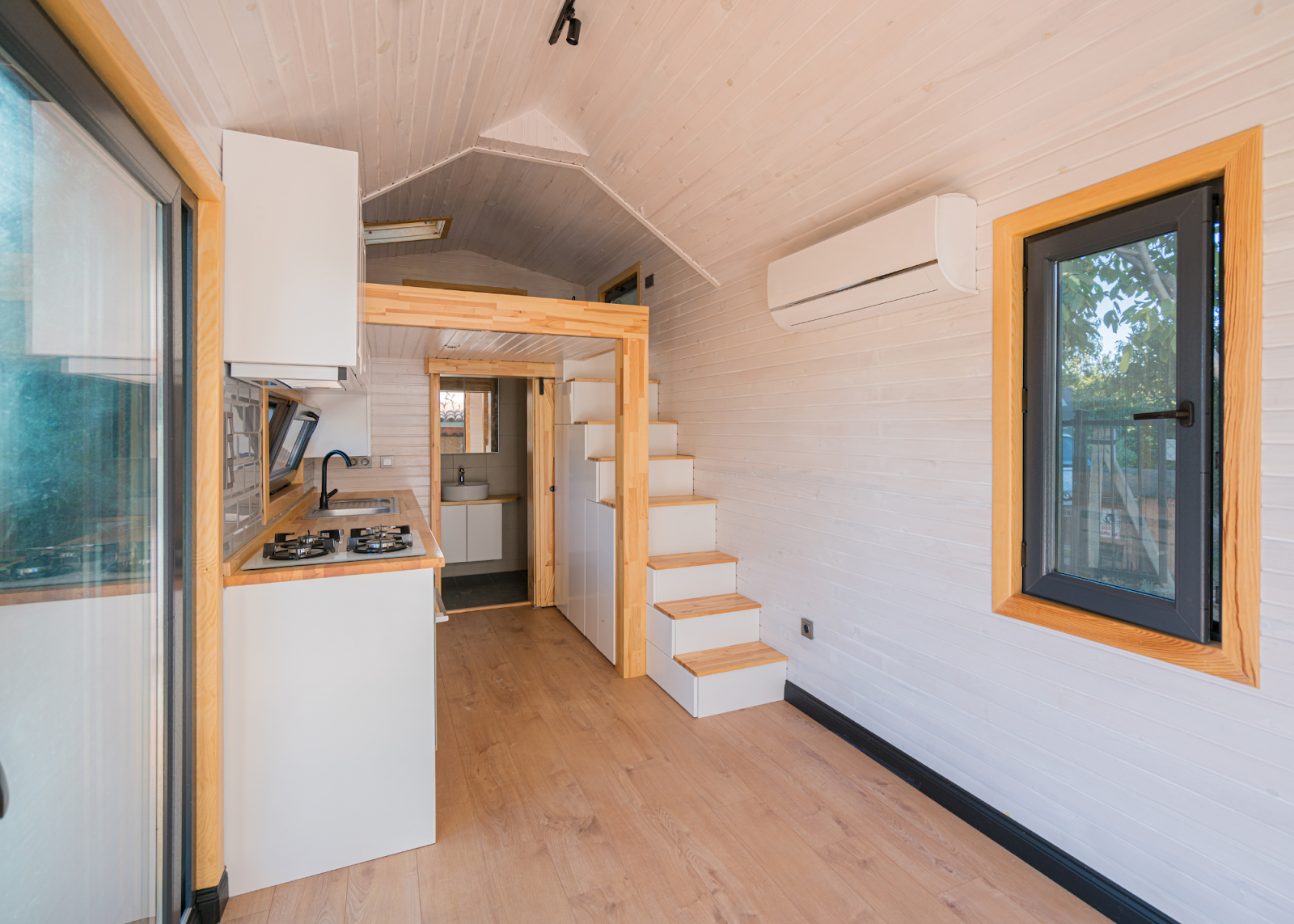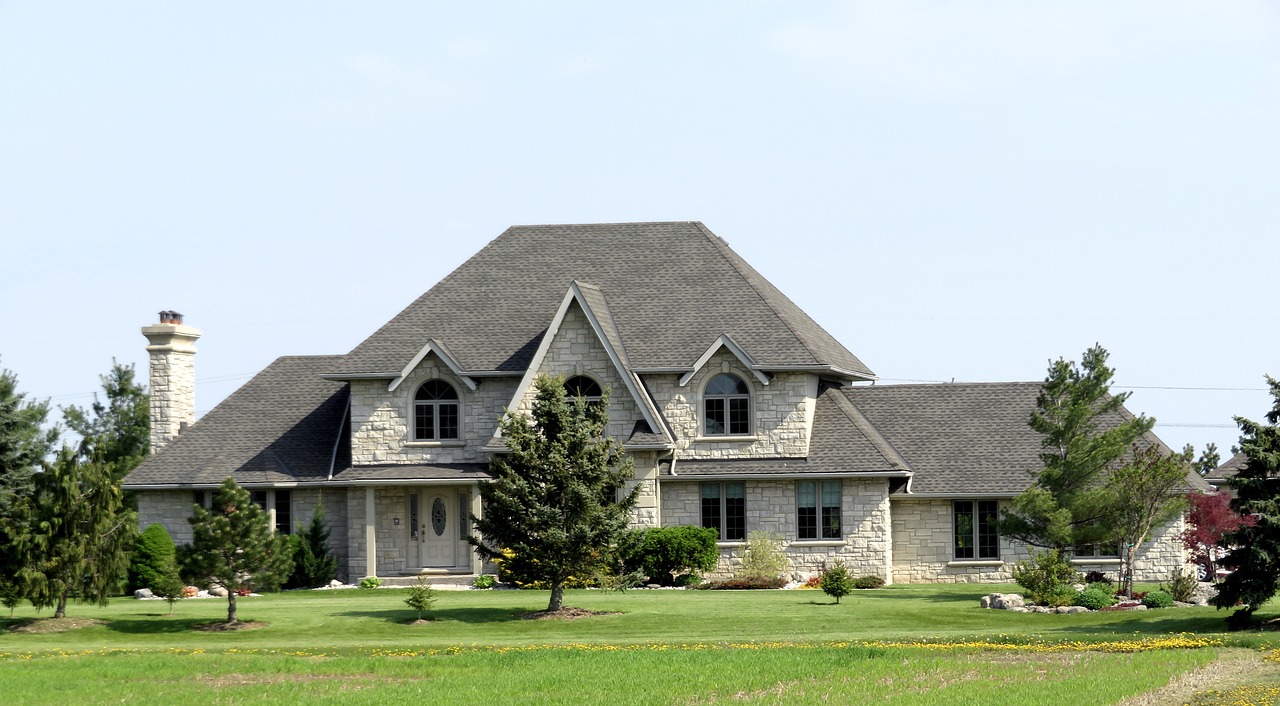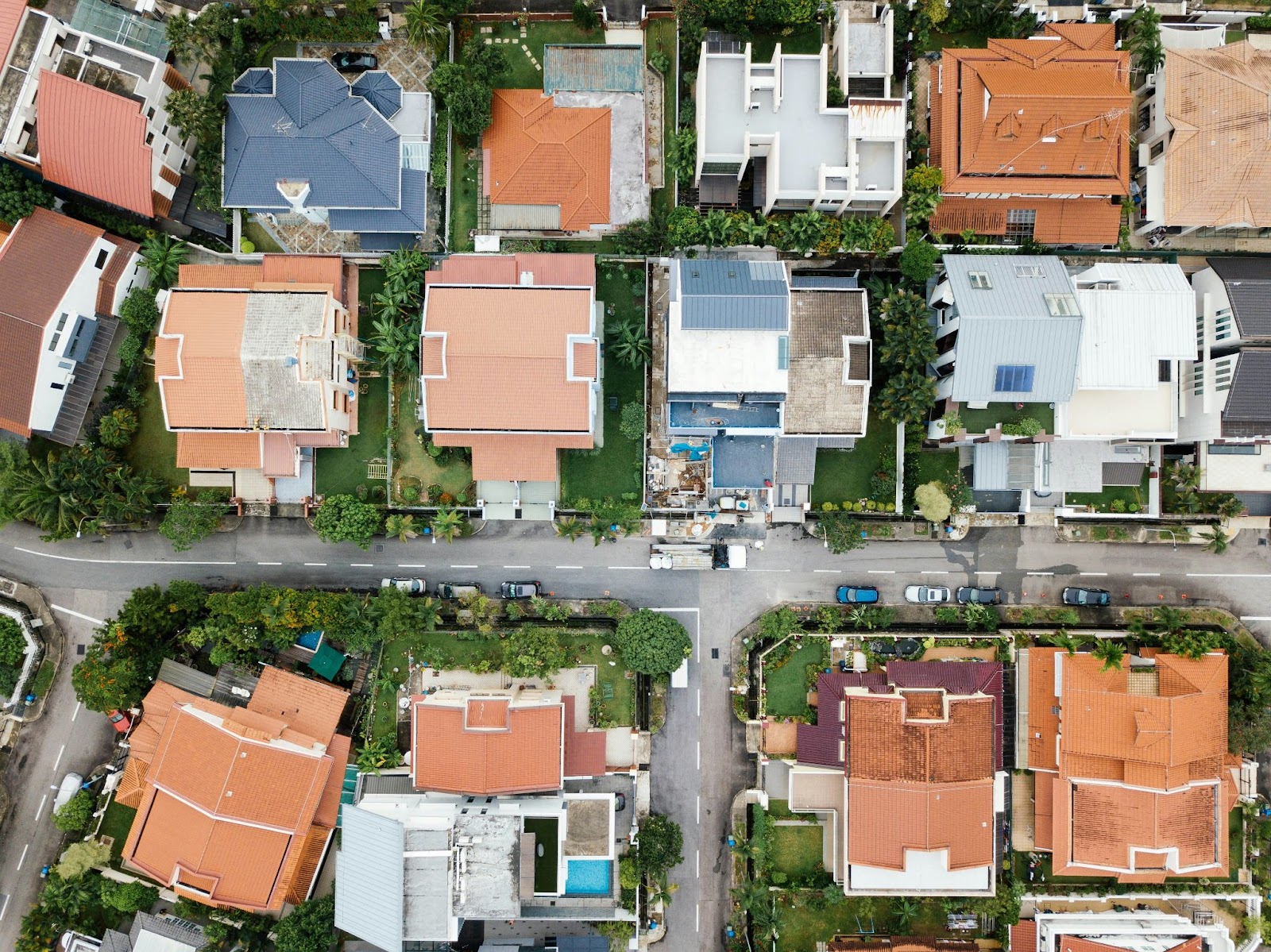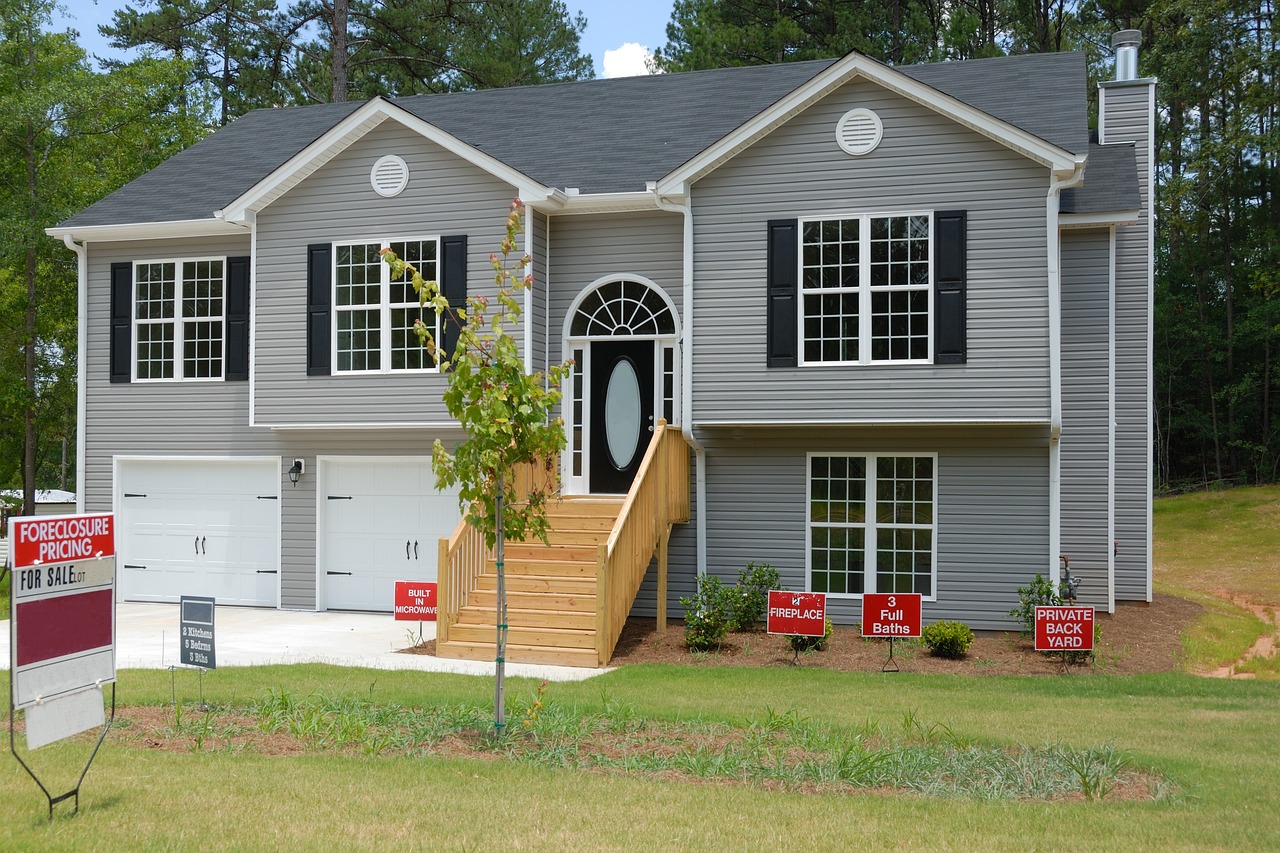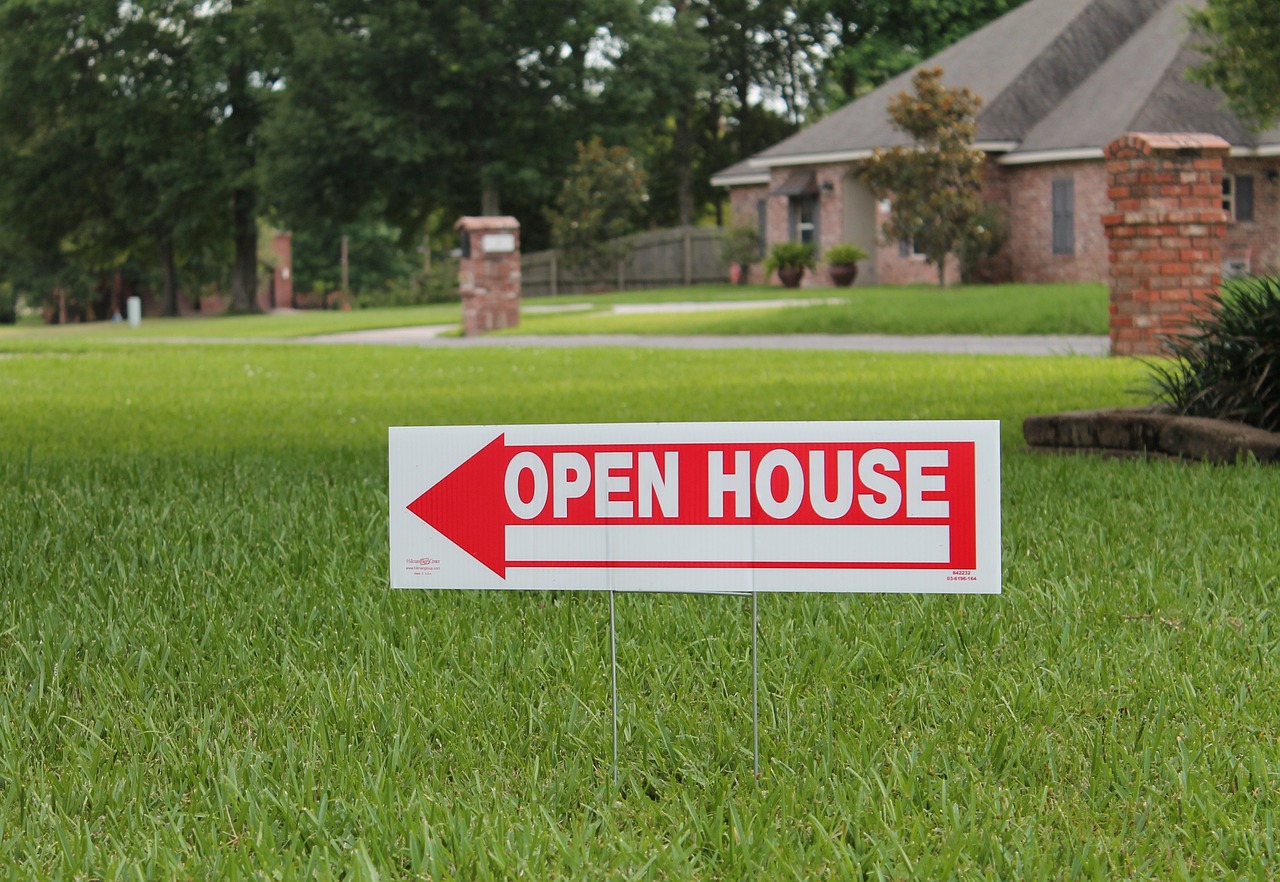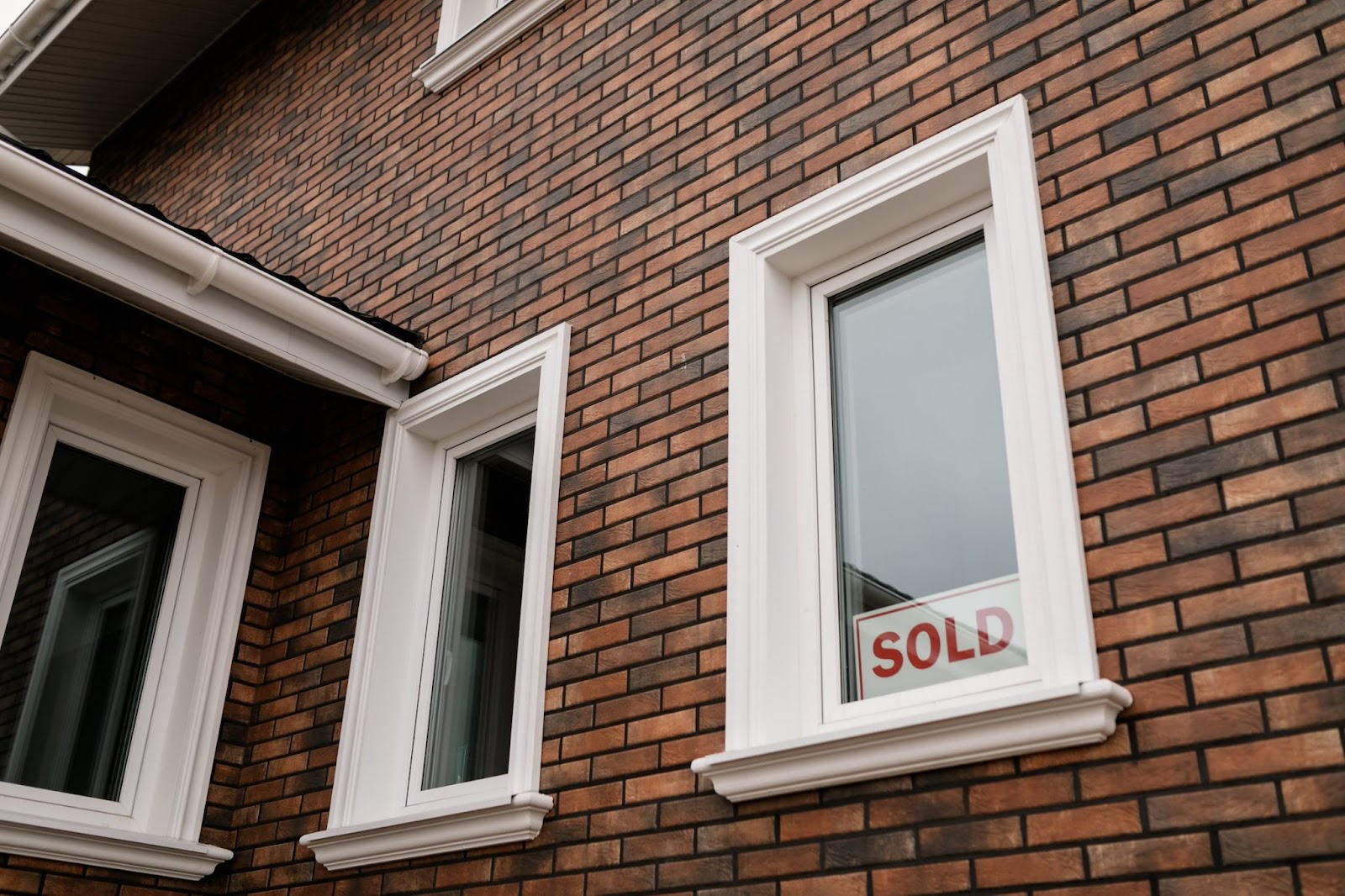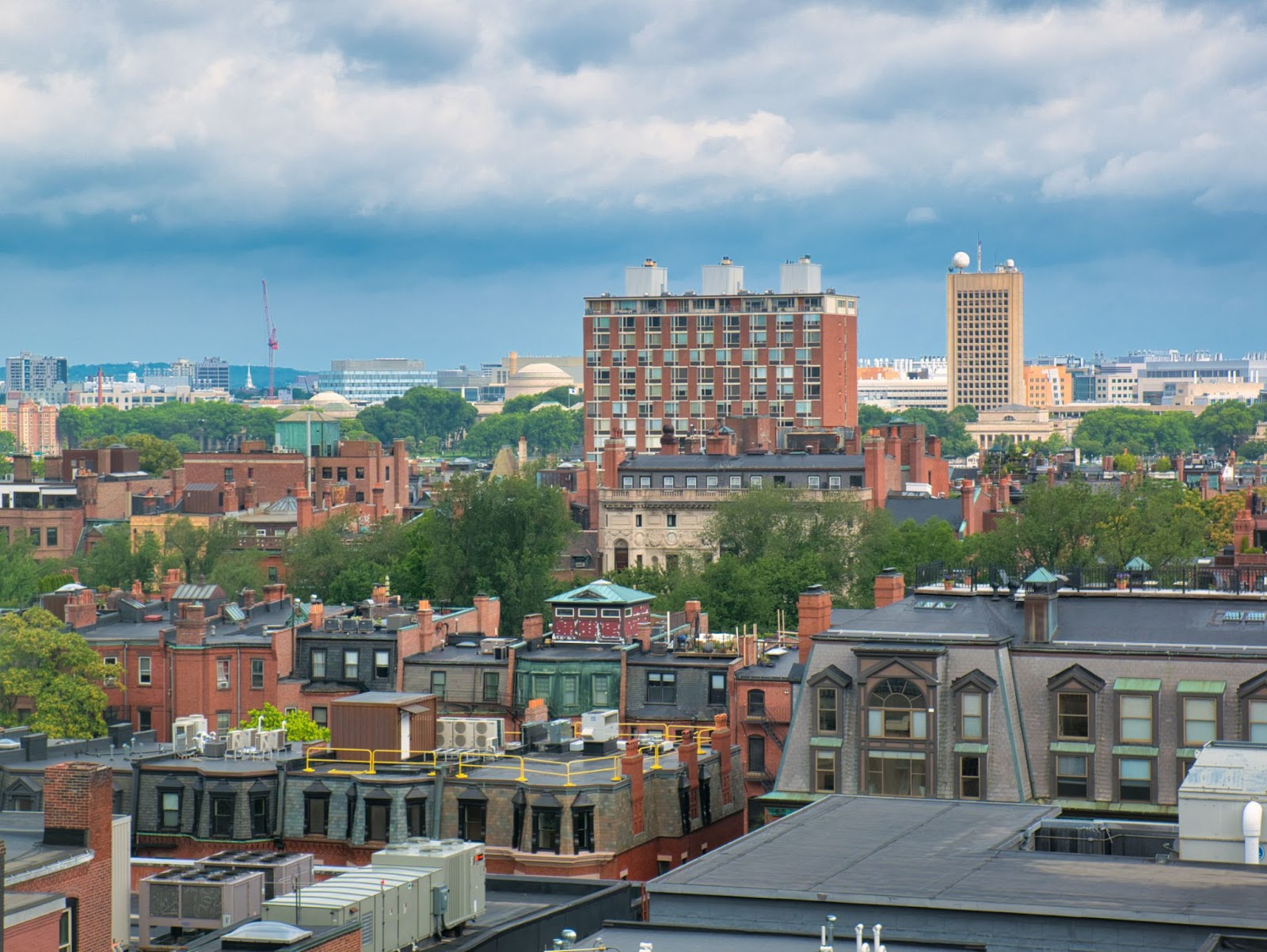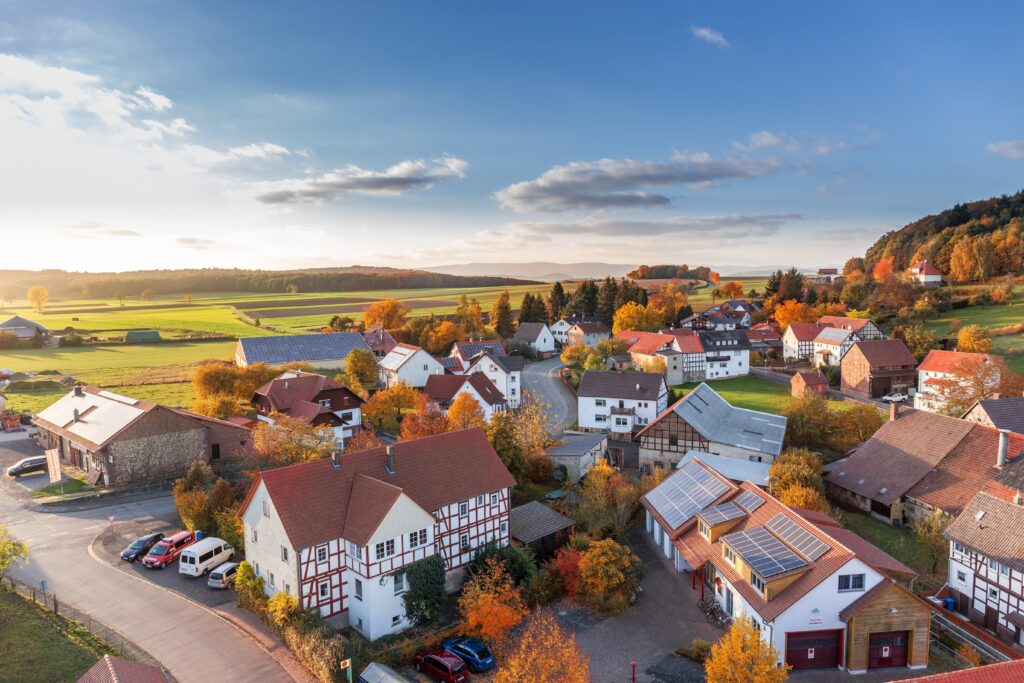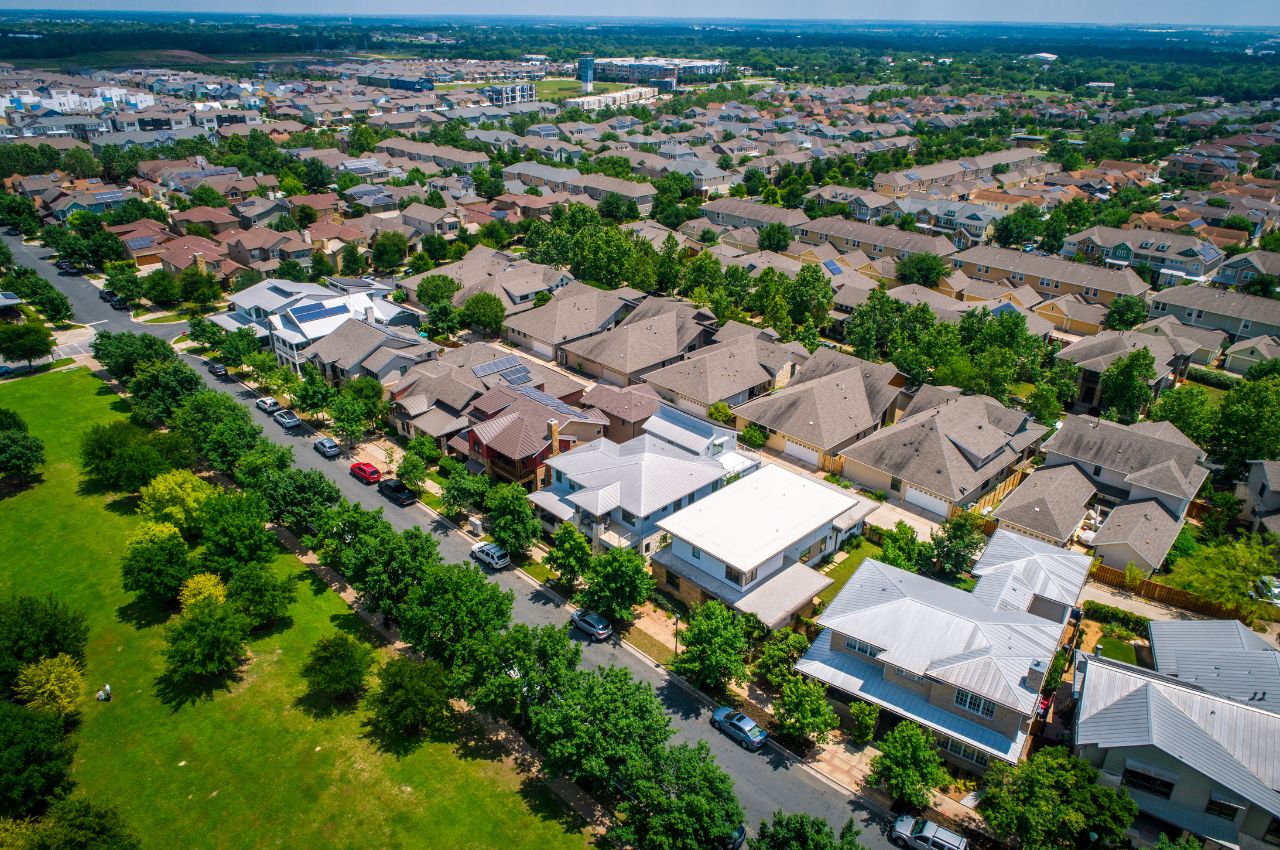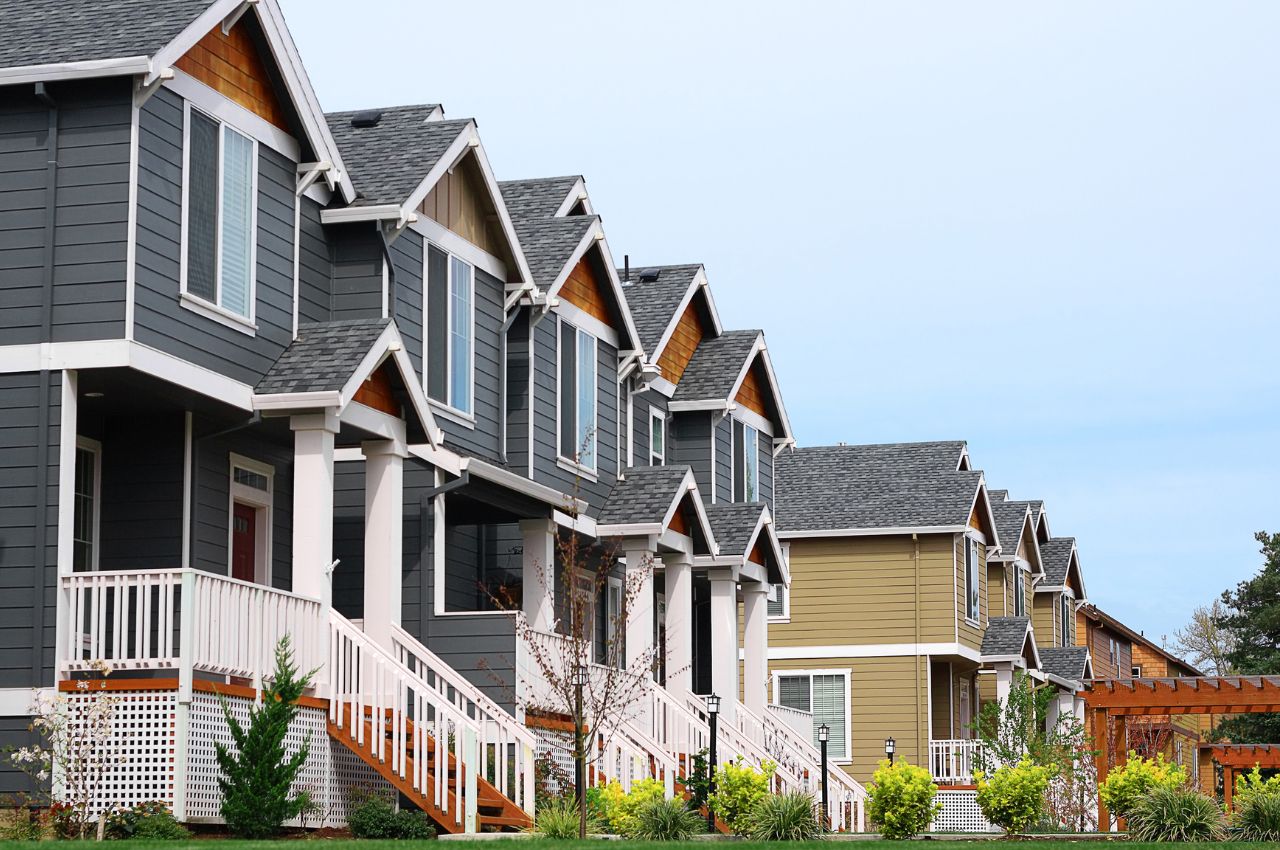A recent report by Freddie Mac highlighted the need for at least 1.5 million more homes in the United States to address the housing shortage. In the first quarter of 2024, the homeowner vacancy rate decreased to 0.8% from the previous quarters’ 0.9%, as per Freddie Mac’s housing market update. This figure is notably lower than the 1.6% vacancy rate observed between 1994 and 2003, which serves as a benchmark in the report. Additionally, it is close to the record low reached last year.
The rental vacancy rate, in contrast, remained flat for a third straight quarter at 6.6%, which is down from 8.2% during this historical comparison period. Rental vacancies have touched four-decade lows in 2021 and 2022 and slightly rose last year.
The report says: “To bring the vacancy rate, both rental and homeowner, back in line with historical averages, the U.S. would need to add 1.5 million vacant for-sale and for-rent homes. Without such units, the pressure on housing markets will persist.”
Even despite the higher mortgage rates, the housing market has remained tight due to a shortage of homes that are for sale. The benchmark index tracking U.S. home prices hit a new all-time high at the end of May. This comes after surging 47% in the last four years. The reason is that the demand for new homes outpaces the available supply, which pushes the prices of homes even higher.
Homebuilders have worked to respond by building many new units, but have failed to keep pace with the current demand. Freddie Mac has estimated the nation’s current housing stock at 146.4 million units, which is an increase of 1.6 million units from one year ago. However, many of those units that were built were rentals, according to the reports. Rentals accounted for about 1 million of the units that were constructed over the last year, while owner-occupied homes grew by only 600,000.
The National Association of Home Builders has blamed multiple factors for stifling construction, which includes excessive regulation, inefficient local zoning rules, and costly building codes.
NAHB Chief Economist Robert Dietz stated in comments at the end of May that, “With a nationwide shortage of roughly 1.5 million homes, the lack of housing units is the primary cause of growing housing affordability challenges.” He added, “Policymakers at all levels of government need to enact policy changes that will allow builders to construct more homes, such as speeding up permit approval times, providing resources for skilled labor training, and fixing building material supply chains.”
The Freddie Mac report says that the 1.5 million estimated shortfall is “almost certainly a dramatic underestimate of the total housing shortage” because it fails to account for latent demand, as well as vacant homes that are not on the market for sale or rent.
In a 2021 report, the government-backed mortgage buyer had estimated that the U.S. needed an additional 3.8 million units to achieve a targeted vacancy rate of 13%. The report cited a long decline in the construction of single-family homes and an even greater decline in the construction of entry-level homes of 1,400 square feet or less.
Construction of entry-level homes has declined on both an absolute and percentage basis since the 1980s and dampened during the Great Recession. In 2020, Freddie Mac estimates that there were only 65,000 new entry-level homes completed, which was less than one-fifth of the entry-level homes constructed annually in the late 1970s.
Builders have recently worked to start building smaller homes to lure buyers frustrated by both higher prices and mortgage rates. The median new-home sale price was $433,500 in April, which was down 1.4% from March, but up 3.9% compared with a year ago, according to a NAHB.































































